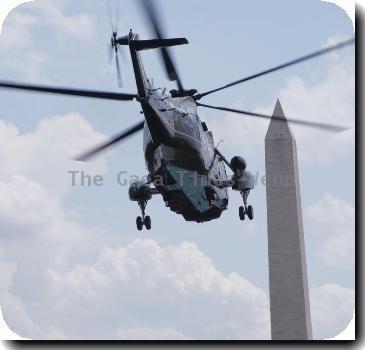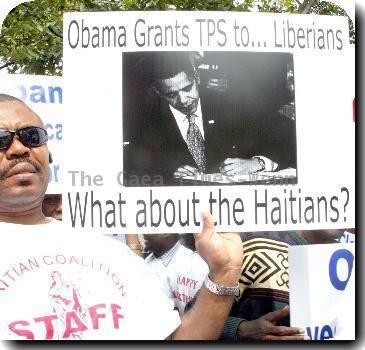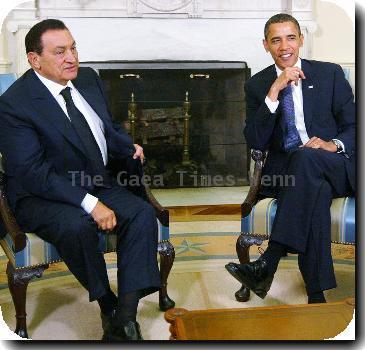Bound for Haiti, 82nd Airborne brigade and a Navy carrier are part of US relief effort
By Anne Flaherty, APFriday, January 15, 2010
Major influx of US troops under way in Haiti
WASHINGTON — Some 800 infantry soldiers and a Navy aircraft carrier are bound for Haiti to aid the massive relief effort under way, the first major influx of U.S. troops since the catastrophe struck.
The troops, expected to arrive Friday, were a clear sign that President Barack Obama was intent on rescuing the ravaged nation, despite the strain that such a vast undertaking would invariably take.
“To the people of Haiti, we say clearly and with conviction, you will not be forsaken,” Obama said. “You will not be forgotten. In this, your hour of greatest need, America stands with you.”
Military personnel began trickling into Haiti on Wednesday to restore operations at the airport and join the relief effort. An early assessment team has outlined an urgent requirement for helicopters to ferry supplies and victims, as well as equipment to purify water and clear road debris.
A primary challenge is the badly damaged seaport that will make it difficult for ships — carrying the kinds of mass amounts of supplies and helicopters needed in a natural disaster — to offload their equipment. Likewise, the small airport at Port-au-Prince was described as congested and chaotic with civilian flights canceled and planes stranded without the ability to refuel.
On Thursday, the Army sent about 100 soldiers from the 82nd Airborne Division to set up tents and prepare other necessities for more troops on their way.
As many as 3,500 troops from the division’s 2nd Brigade were expected by Monday with some 2,200 Marines also en route.
Meanwhile, the Navy dispatched several ships, including the USS Carl Vinson. The aircraft carrier, based in Norfolk, Va., was expected to bring some 19 helicopters.
“By the end of the day, we will have a significant military presence (in Haiti) that will continue to grow from there,” said Pentagon spokesman Bryan Whitman.
The 7.0-magnitude quake, which hit late Tuesday afternoon, was estimated by the Red Cross on Thursday to have killed 45,000 to 50,000 people.
The State Department confirmed the death of one American, career diplomat Victoria DeLong, a cultural affairs officer at the U.S. Embassy who was killed when her home collapsed. Spokesman P.J. Crowley said three other Americans were known to be missing and the embassy had made contact with nearly 1,000 U.S. citizens in Haiti, a fraction of the estimated 45,000 there.
Aware of the steep political cost George W. Bush paid for an ineffective response to Hurricane Katrina, the White House has labored to show Obama has been intensely engaged since immediately after the quake struck. Details of evening Situation Room meetings, phone calls with world leaders and canceled events were being released almost hourly.
Obama himself warned it would take hours “and in many cases days” to get the full U.S. contingent to Haiti.
“None of this will seem quick enough if you have a loved one who’s trapped, if you’re sleeping on the streets, if you can’t feed your children,” Obama said at the White House, his second appearance on the topic in as many days, followed by a third later in the day. “So today, you must know that help is arriving. Much, much more help is on the way.”
The Federal Aviation Administration halted all civilian aid flights to Haiti, though not government ones, for about eight hours on Thursday. The Haitian government said there was no more room on ramps for planes to unload their cargo, and some planes on the ground didn’t have enough fuel to leave.
Associated Press writers Jennifer Loven, Pauline Jelinek, Matthew Lee, Joan Lowy and Julie Pace contributed to this report.
Tags: Barack Obama, Caribbean, Embassies, Haiti, Latin America And Caribbean, North America, United States, Washington



